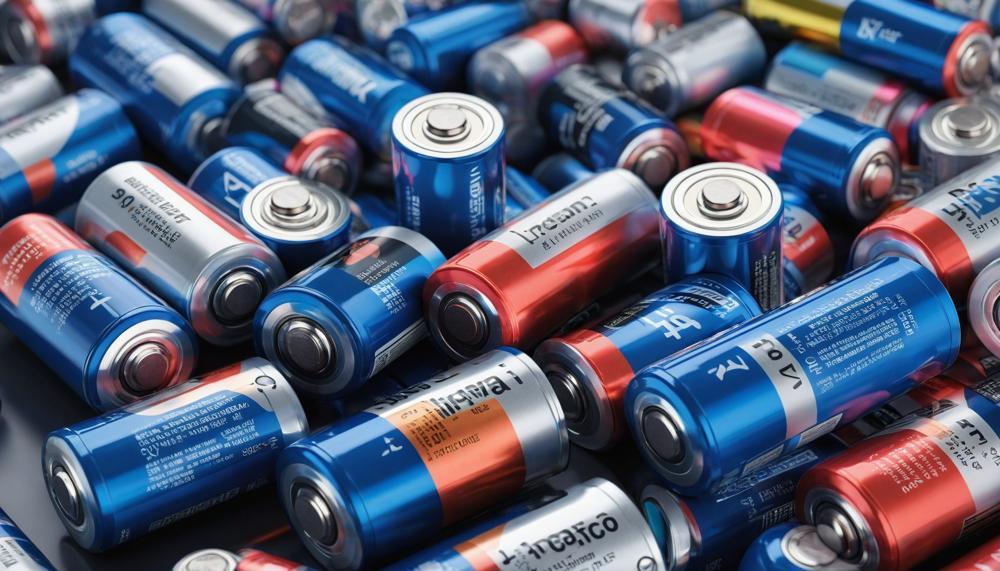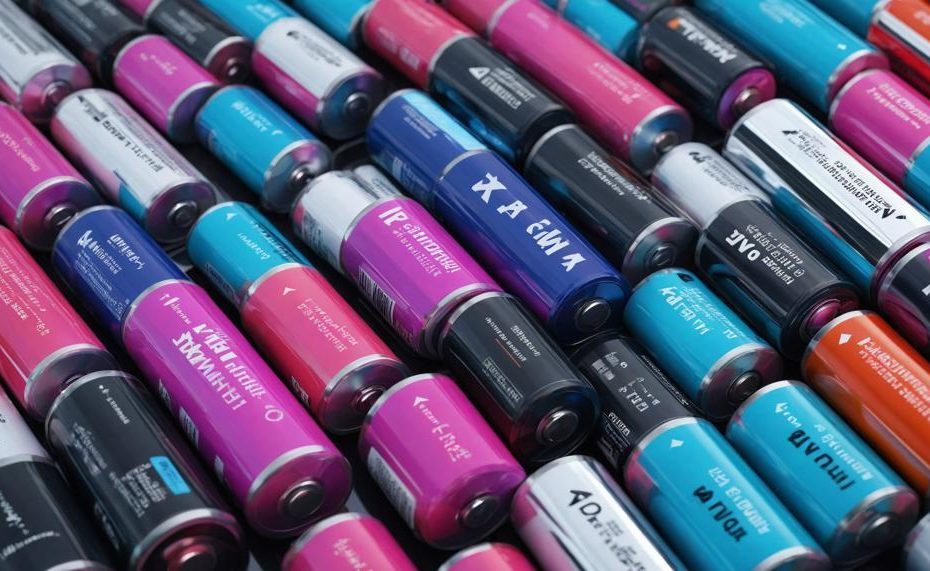Yes, lithium batteries need special handling when it comes to disposal. No, you can’t just toss them in the trash or your regular recycling bin. Here’s the lowdown on how to do it right and why it matters.
Lithium batteries, found in everything from your smartphone to your electric car, are a powerhouse of energy. But once they’re spent, they become a potential environmental and safety hazard.
These batteries can cause fires if not disposed of correctly, and their toxic components can harm the environment.
So, what’s the proper way to dispose of them? Follow these steps to ensure safe and responsible disposal:
Do Not Throw Them in Regular Trash or Recycling Bins
- Lithium batteries should never be discarded with your household garbage or standard recycling.
Use Designated Recycling Points
- Take them to certified battery recyclers or hazardous waste collection points. Many electronics retailers also offer take-back services for used batteries.
Precautionary Measures
- Before disposal, tape the battery terminals and place them in a separate plastic bag to prevent any potential fires.
Consult the EPA
- Use resources like the EPA’s website to find local recycling locations.
Business Responsibilities
- Businesses need to identify if their waste is hazardous. Federal regulations apply, especially if you handle large quantities.

Key Takeaways:
- Never dispose of lithium batteries in household trash.
- Utilize specialized recycling or hazardous waste facilities.
- Take safety measures like taping terminals and using plastic bags.
- Consult local guidelines and the EPA for disposal locations.
- Businesses must adhere to hazardous waste regulations.
Properly disposing of lithium batteries not only protects our environment but also ensures community safety. Follow these steps to handle your batteries responsibly and keep hazards at bay.
Steps
| Step | Description | Additional Tips |
| Identify the Battery Type | Determine whether the battery is a Lithium-ion (Li-ion) or Lithium-metal (Li-metal). Li-ion batteries are rechargeable, while Li-metal batteries are not. | More about Lithium Batteries |
| Check State of Charge | Ensure the battery is not fully charged. Discharge it to a safe level if necessary to reduce the risk of short-circuiting and fires. | Use the device until the battery is low, or follow manufacturer guidelines for safe discharge. |
| Remove Battery from Device | Carefully take the battery out of the device. Follow the manufacturer’s instructions for removal to avoid damage. | If unsure, seek professional help or consult the device’s manual. |
| Tape Terminals | Cover the battery terminals with electrical tape to prevent accidental discharge or short circuits. | Use non-conductive tape for extra safety. |
| Store Properly | Keep the battery in a cool, dry place away from flammable materials until you can dispose of it properly. | A metal or plastic container is ideal for temporary storage. |
| Find a Recycling Center | Locate a local recycling center that accepts lithium batteries. Many municipal waste programs offer designated drop-off points. | Use resources like Call2Recycle to find nearby facilities. |
| Use a Battery Disposal Bag | If immediate disposal isn’t possible, place the battery in a specialized battery disposal bag to contain potential hazards. | These bags can be purchased from hardware or electronics stores. |
| Avoid Trash Disposal | Do not throw lithium batteries in regular household trash, as they pose fire hazards and environmental risks. | This can lead to landfill fires and harm to waste workers. |
| Do Not Incinerate or Bury | Never burn or bury lithium batteries, as this can release toxic chemicals and cause environmental damage. | Follow proper recycling protocols instead. |
By adhering to these steps, you can ensure the safe disposal of lithium batteries and contribute to environmental conservation.
Tips for Safely Disposing of Lithium Batteries
Avoid Household Trash
Never dispose of lithium batteries in household garbage or regular recycling bins. They pose a fire risk and contain hazardous materials. Instead, follow proper disposal methods.
Use Designated Recycling Points
Take lithium batteries to certified recycling centres or household hazardous waste collection points. You can locate these facilities through local government websites or services like EPA’s recycling locator.
Battery Terminal Protection
To prevent short-circuiting, cover the battery terminals with non-conductive tape. This reduces the risk of fires during transportation and storage.
Separate Plastic Bags
Place each battery in a separate plastic bag. This additional layer of protection prevents batteries from coming into contact with each other, further minimizing fire risks.
Manufacturer Contact for Damaged Batteries
If a battery is damaged, contact the manufacturer for specific disposal instructions. Damaged batteries can be more volatile and require special handling.
Electronic Devices Containing Batteries
For devices containing lithium batteries, send them to certified electronics recyclers or participating retailers. Many retailers offer takeback services. Check with stores like Best Buy or Home Depot, or visit Call2Recycle for more information.
Follow Local Regulations
Adhere to local and federal regulations for battery disposal. Businesses must determine if their waste is hazardous and manage it according to guidelines such as those outlined by the EPA.
Conclusion
Disposing of lithium batteries safely is not just a responsible act but a necessity to protect both our environment and community. Improper disposal can lead to severe environmental contamination and fire hazards. Here’s a streamlined guide to ensure you’re handling lithium battery disposal correctly:
First, never dispose of lithium batteries in your household trash or regular recycling bins. These batteries contain toxic materials and can cause fires. Instead, take them to certified battery recyclers or hazardous waste collection points. Many electronics retailers also offer convenient take-back services.
Before heading out to dispose of them, ensure you take some precautionary measures. Tape the battery terminals and place the batteries in a plastic bag to prevent any potential short circuits and fires. For further assistance, you can consult the EPA’s website to find local recycling locations.
Businesses handling large quantities of lithium batteries must comply with federal regulations on hazardous waste. Identifying whether their waste is hazardous and following proper disposal protocols is crucial.
In essence, safe disposal of lithium batteries requires careful steps: avoid regular trash, use designated recycling points, take safety measures like taping terminals, and follow local guidelines.





